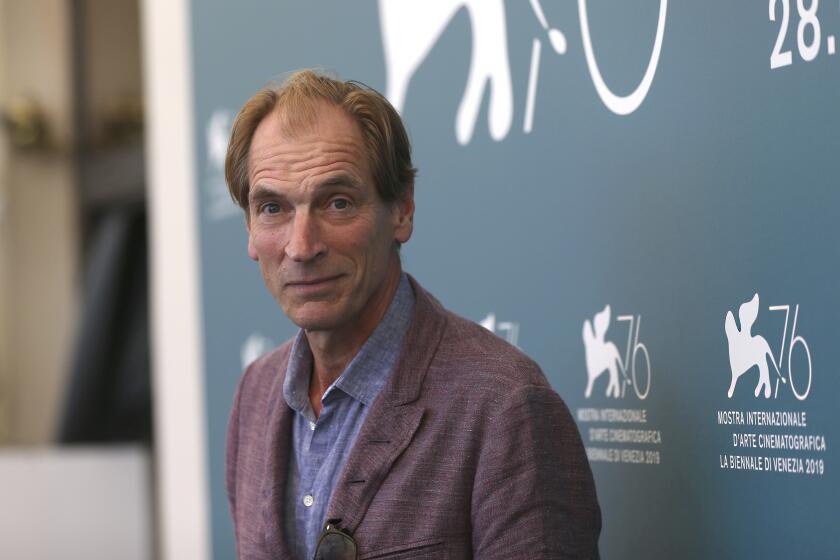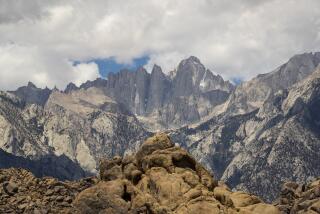How a Cucamonga Peak hiker survived a 200-foot fall from an icy trail
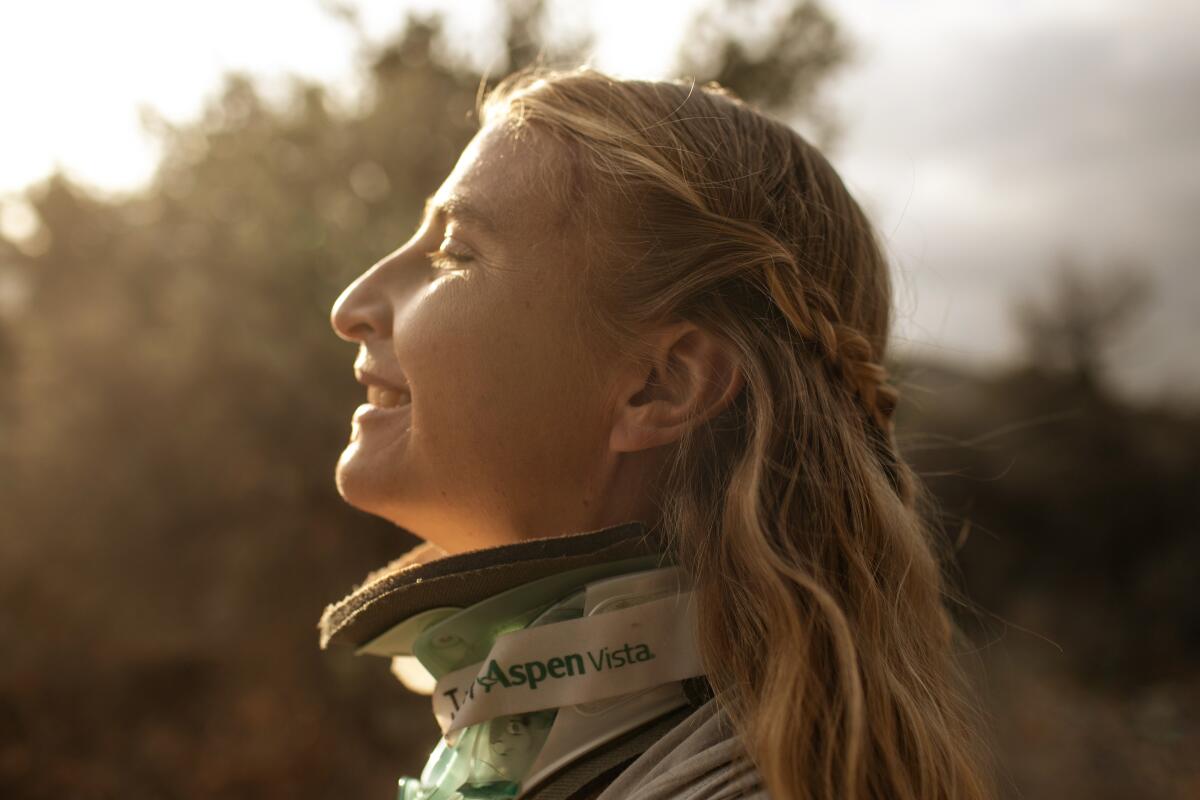
The last thing Ruth Woroniecki remembers before waking up bleeding on the snow, surrounded by a group of worried hikers, is telling herself to focus on the slippery trail at her feet.
It was a sunny and clear Christmas Eve morning, and Woroniecki was hiking the San Gabriel Mountains. Sheâd summited Cucamonga Peak, one of Los Angelesâ most popular mountaintops, which rises more than 8,000 feet, when she came upon an icy switchback on her descent. âI did not have traction,â Woroniecki, 40, said. She put her phone and headphones away and gripped her hiking sticks.
âI wasnât in âenjoy hikeâ mode anymore,â she said. Her heart beat faster as she told herself to concentrate on her footing.
âThat is my last memory before coming to,â Woroniecki said during a recent video call.
Woroniecki slipped and fell nearly 200 feet down the trail before slamming against a tree that broke her fall, narrowly averting a fate that has struck a number of hikers in Southern California this winter. Only two weeks after Woronieckiâs fall, veteran hiker Crystal Paula Gonzalez fell 500 feet to her death on the icy trail on nearby Mt. Baldy, where search-and-rescue teams haveresponded to at least 14 calls for help since Christmas. Several hikers have died, and others have gone missing. A recent series of storms have increased the risks facing mountaineers.
Julian Sands is one of the two hikers who went missing in the San Gabriel Mountains. The actorâs family has released a statement as the search continues.
Though Woroniecki survived, her recovery is just beginning.
Woroniecki, who often works as a server in Las Vegas, arrived in California after Thanksgiving on a service trip with her parents and siblings, visiting prisons and doing outreach on skid row. On this morning, she had a choice between a 20-mile run and a hike.
âI had my running shoes next to my hiking boots,â Woroniecki said. âI picked the hike.â
She left the familyâs campground in Lytle Creek around 6 a.m. with her backpack, hiking sticks, phone and water. Growing up in Colorado, Woroniecki spent her life hiking, with family and on her own.
She told her family sheâd be home in time to watch the Dallas Cowboys, one of her fatherâs favorite teams, play the Philadelphia Eagles at 1:30 p.m.
The day was perfect: uninterrupted swaths of blue stretched overhead, a warm morning sun, a trail slicing through forests, the smell of pine needles mixing with the desert air. Woroniecki listened to Irish tunes, oldies and songs her father made.
Woroniecki, for whom prayer and Jesus are the bedrock of her life, said she saw and felt her Creator everywhere.
She made it to the Icehouse Saddle, where the trail leads to the summit, about 8:30 a.m. She texted her family, sent them photos and let them know she would linger longer. She still planned to be home at kickoff.
Woroniecki arrived at the summit of Cucamonga Peak between 9 and 9:30 a.m., where she sat for about 25 minutes before trekking back, along a series of switchbacks. Snow had been piling up on mountaintops across Southern California, and Cucamonga was no exception. Woroniecki said it was ankle-deep at certain points along the hike.
For Woroniecki, there is only before and after the fall.
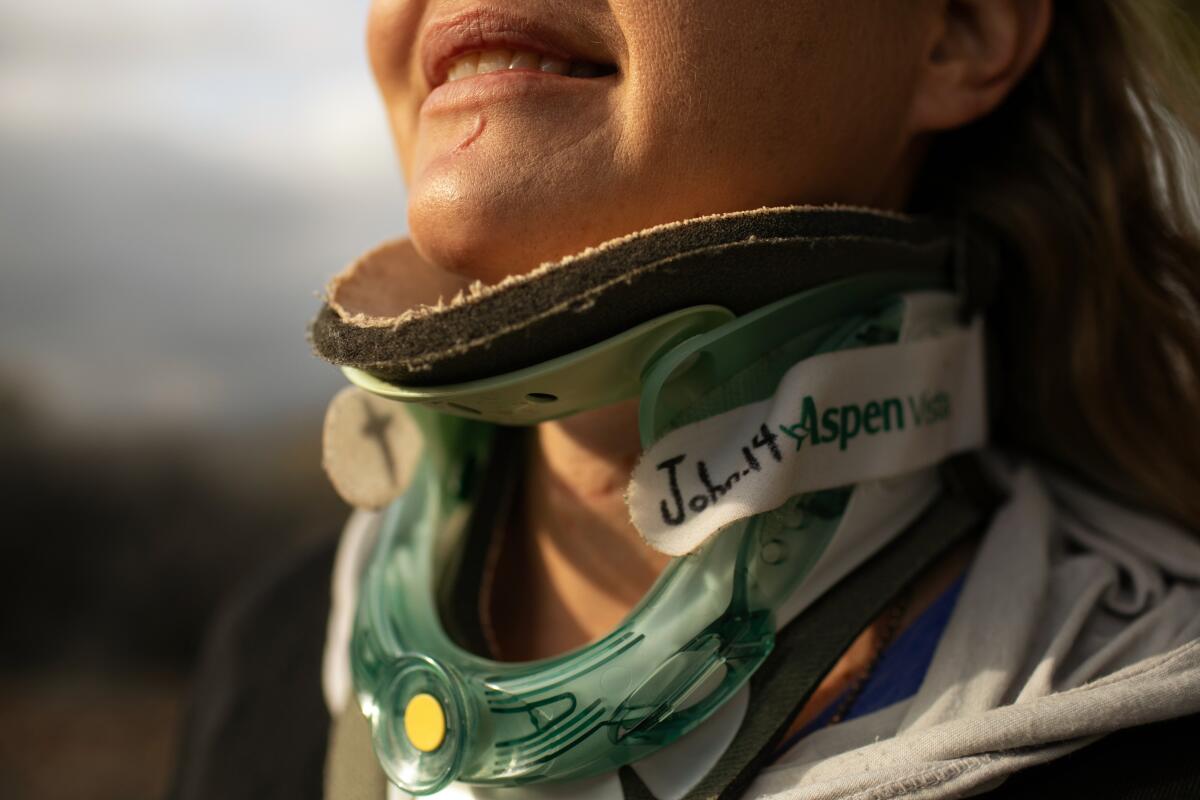
Woroniecki said she woke up to the faces of several concerned hikers, including an older couple and a man. She heard a helicopter slicing the sky. She remembered worrying she couldnât afford the chopper and telling the couple to go ahead, that sheâd be OK.
âI still thought I could get myself downâ the mountain, she said.
But with her blood staining the snow, Woroniecki soon realized the severity of her injuries. Her face and hands were cut up. She had a gash in her head that the hikers said was down to the bone. Woroniecki didnât know it at the time, but she had also broken two vertebrae in her neck.
The fellow hikers, one of whom called for aid by activating an emergency beacon, put a ski hat on her and covered her in emergency blankets. Woroniecki kept packing her head wound with snow.
It took about two hours for the first helicopter to arrive â one of the hikers helped by waving his bright, orange beanie to flag their location â but the rescue was complicated by strong winds. After several attempts by the helicopter to drop a cable, a rescuer whoâd rappelled down told Woroniecki theyâd have to hike to a different spot to be evacuated.
The pain seared through her body, particularly her neck. Woroniecki gripped her neck with her hands and began to pray: âHave mercy on me, here, now,â Woroniecki recalled asking God. âPlease help me.â
She estimated she walked about 200 feet down the trail â the rescuer leading her while she clasped her neck â before being airlifted and transported to the trauma center at Pomona Valley Hospital Medical Center.
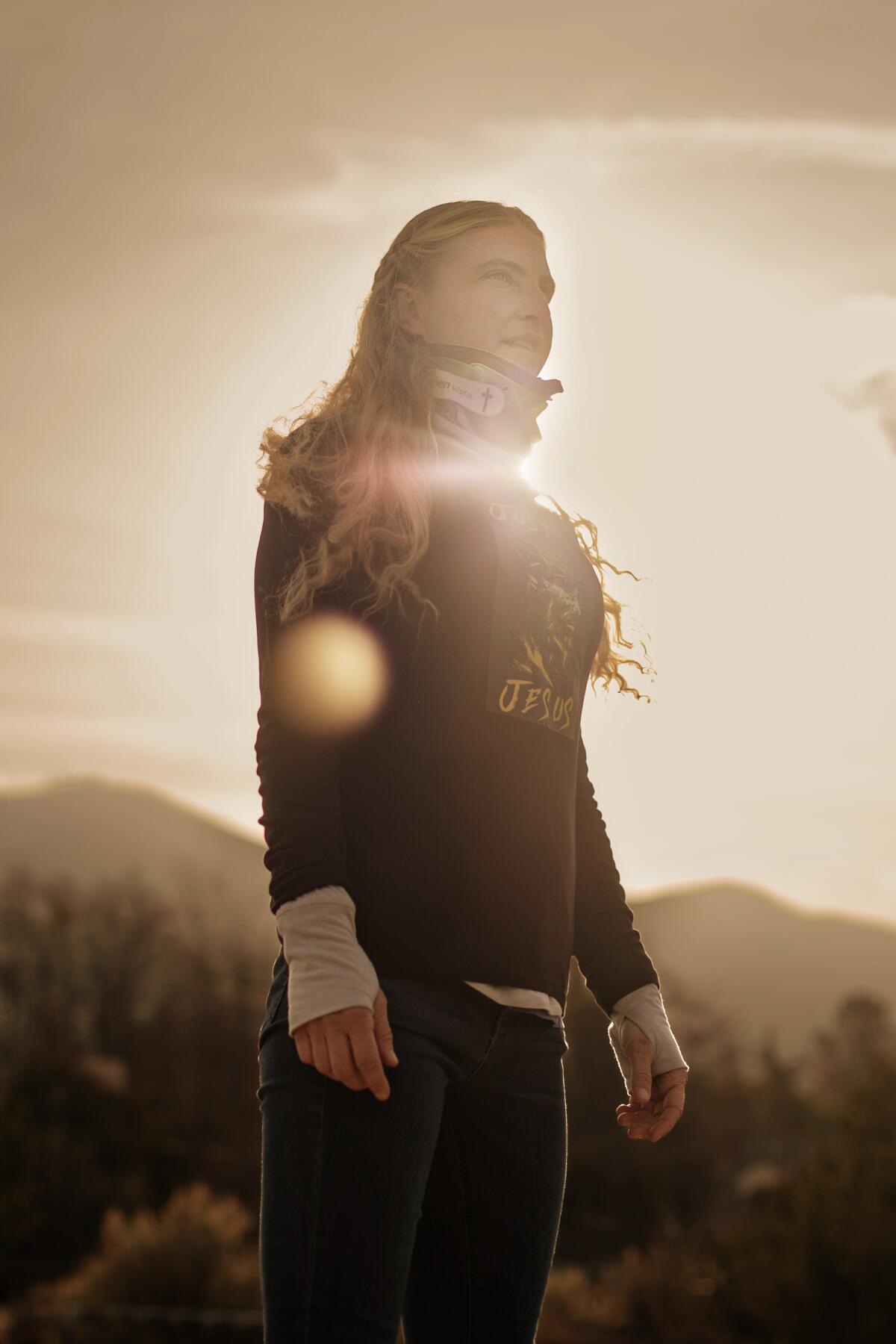
It was around 2 p.m., she said. The last time she remembered looking at the time, it was after 10 a.m. From the helicopter, Woroniecki crafted a text message to her family.
âThat was one of the hardest texts I ever had to send,â Woroniecki said. Her brothers had already left the campground searching for her. Her younger sister said the family was shocked and devastated.
Woroniecki spent five nights in the intensive care unit. She received 40 stitches and staples in her head, as well as stitches on her nose and under her mouth. She had surgery to insert screws and a plate into her spine to repair the broken vertebrae.
After six days bedridden in the hospital, Woroniecki finally took her first steps. She felt dizzy and off-balance, but with the support of the hospitalâs therapy team, Woroniecki steadied herself and inched forward.
âIt was just like a surreal moment of, âI canât believe this â Iâm walking,ââ Woroniecki said.
Since her fall nearly two months ago, Woroniecki still has some numbness in her mouth and pain in her leg that causes her to walk with a limp. She wears a neck brace that she decorated with a hand-drawn cross on one side and the words âJohn 14â for two biblical passages on the other. In the middle, the word âJesusâ in bold, capital letters.
A scar travels from her left temple up through the middle of her head. Another scar travels from below her lip to the center of her chin. She has to use the brace for about six more weeks, she said. She is rebuilding her strength daily.
There have been some dark nights spent tussling over that day, she said.
âYouâre human, and you canât help but analyze things,â Woroniecki said. âI definitely evaluate things and think twice: What should I do different? ... I will still continue to live and to hike.â
More to Read
Sign up for Essential California
The most important California stories and recommendations in your inbox every morning.
You may occasionally receive promotional content from the Los Angeles Times.
